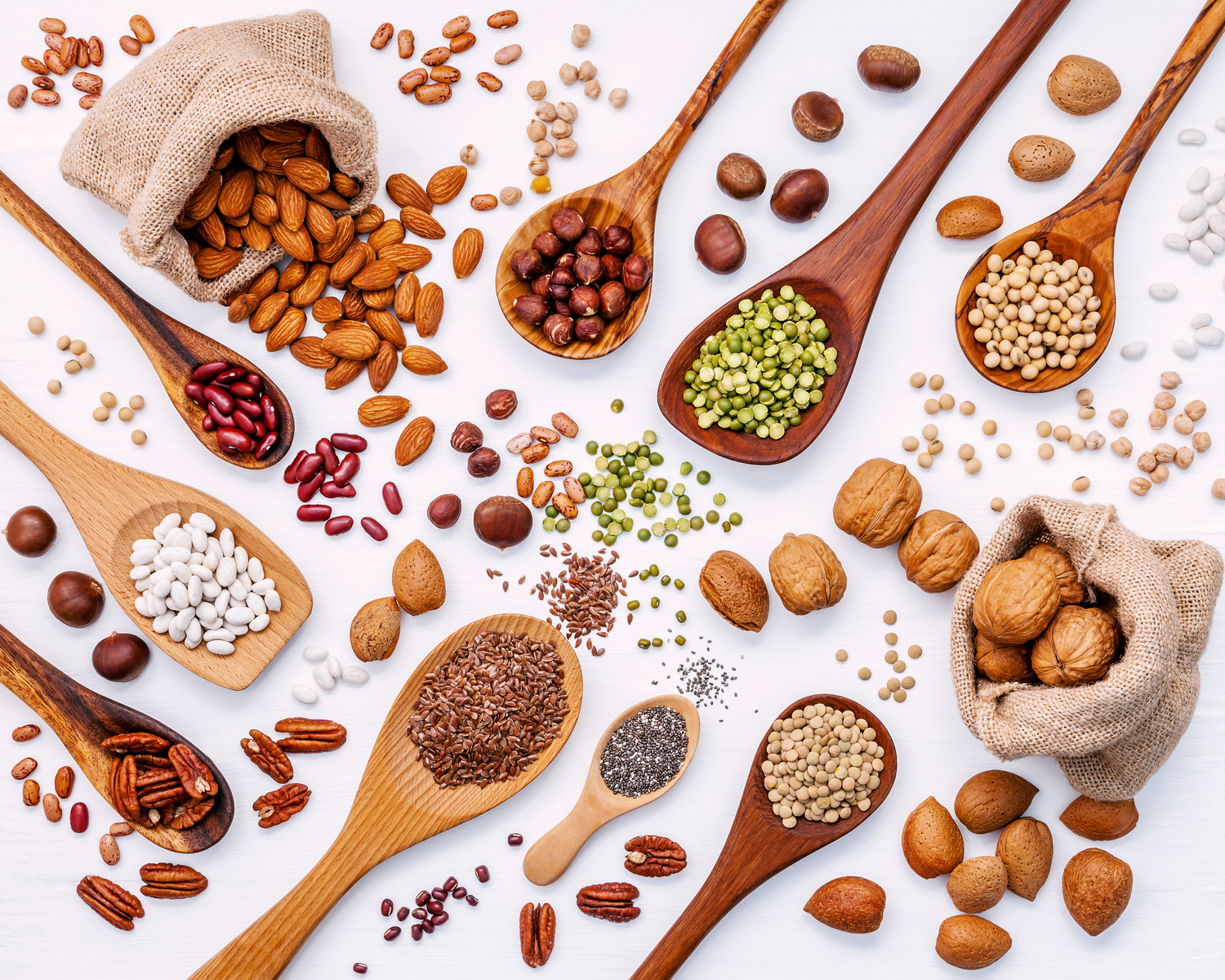
Lifestyle and Dietary Changes to Prevent Diabetes
The world of medicine keeps coming up with innumerable methods and unique treatment methodologies to battle diabetes. But, a positive lifestyle change and dietary modifications can bring about some changes in your blood sugar levels and even reverse it.
Reduce added sugars and any other processed foods
One of the biggest threats in the world is that sugar causes the onset of many diseases. As a diabetic, avoid refined grains and sugary drinks. This also includes sodas and juices. The best alternatives are water, tea, or coffee without sugar. It is also important to note that long term Type 2 diabetics would have restrictions on the consumption of green tea and ginger, mainly because they are prone to a sudden increase in potassium levels. When switching to these versions of tea, consult your doctor first.
Take whole grains instead
Whole grains are grains that are not stripped off their nutrients while processing. Some of the intact whole grains are quinoa, oatmeal, farro, and also brown rice. Many people think that consuming potatoes should not be allowed when diabetic. However, what is important to note that consuming boiled potatoes is acceptable. However, avoid consuming it fried.
Increase the fiber intake
Vegetables and fruits are high in fiber. Legumes which include lentils, chickpeas, beans, peas, and soy make for the perfect choice for a diabetic. When your fiber intake goes up, you are consuming far fewer calories and you weigh less or will start to lose weight. This lowers the risk of increasing your blood sugar levels.
Eat more vegetables and fruits
Ensure that nearly 50-60% of your food intake consists of non-starchy vegetables and fruits. The more colorful the vegetable and fruits, the better the options. Vegetables like broccoli, cauliflower, and Brussels sprouts are high in fiber.
Consume healthy fats
There is a general misconception that fat is bad for you. However, what kind of fat you consume is all that matters. Saturated fats are associated with an increased risk of heart disease and diabetes. Omega-3 fats that are found in walnuts, flax seeds, and some variety of fish are great to maintain your sugar levels.
Exercise
Take a 30-minute brisk walk every day. As you sweat, blood circulation increases and when the blood circulation increases, it means that every part of your body gets oxygen. When you exercise, the oxygen levels in your body go up, reducing the chances of an increase in blood sugar levels.


